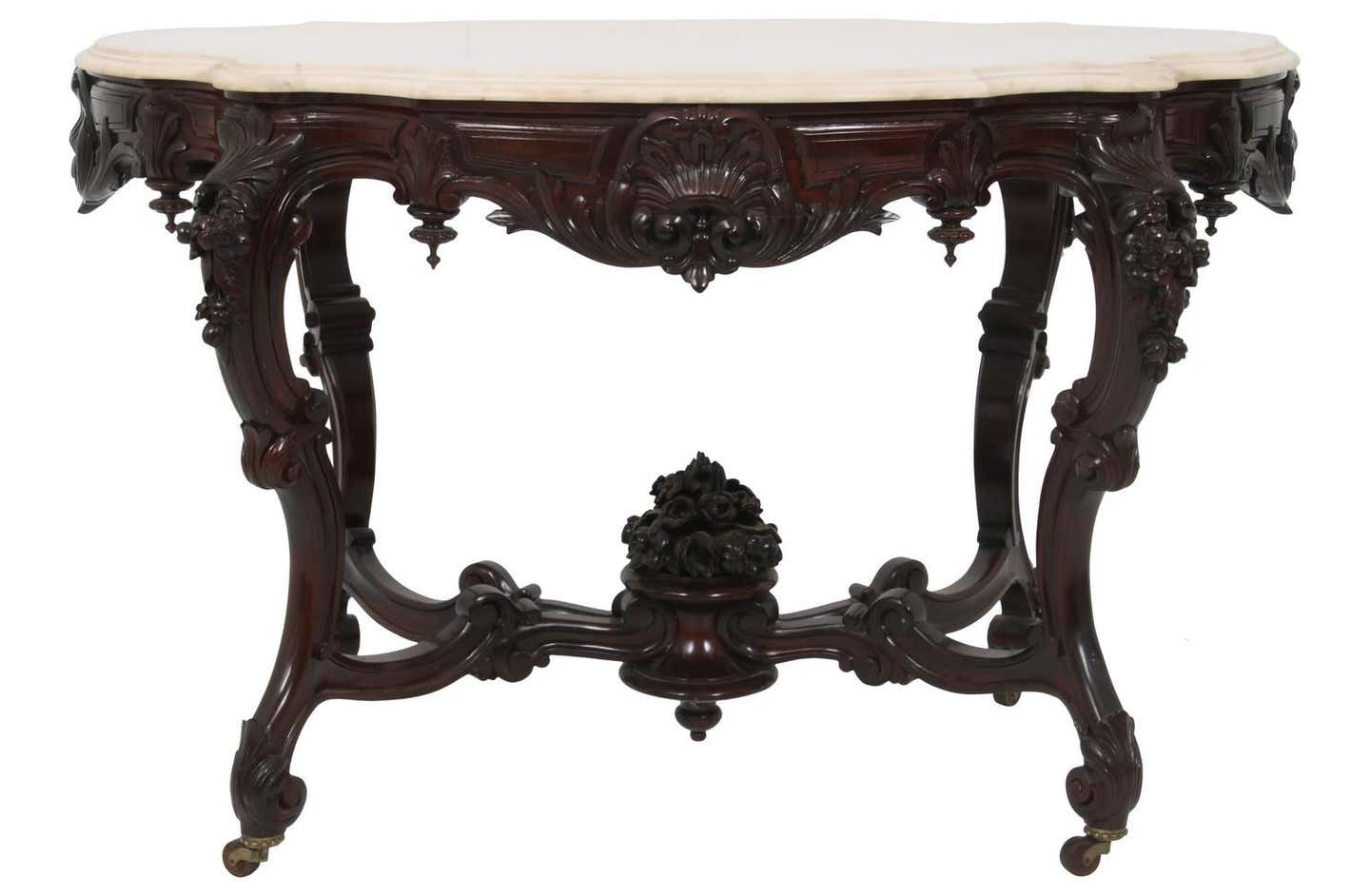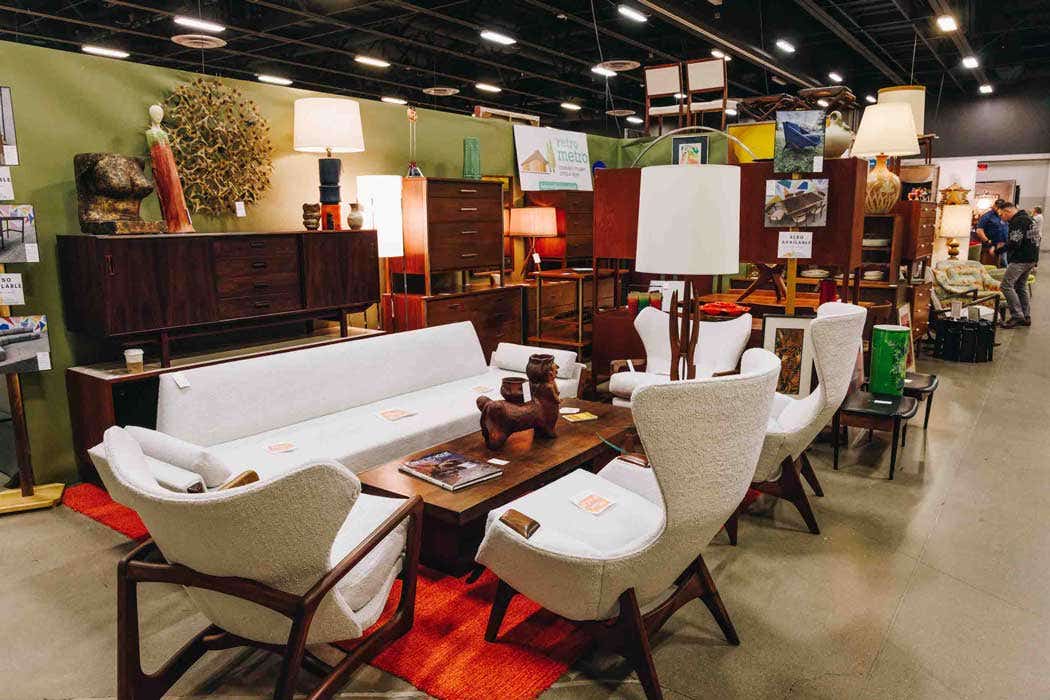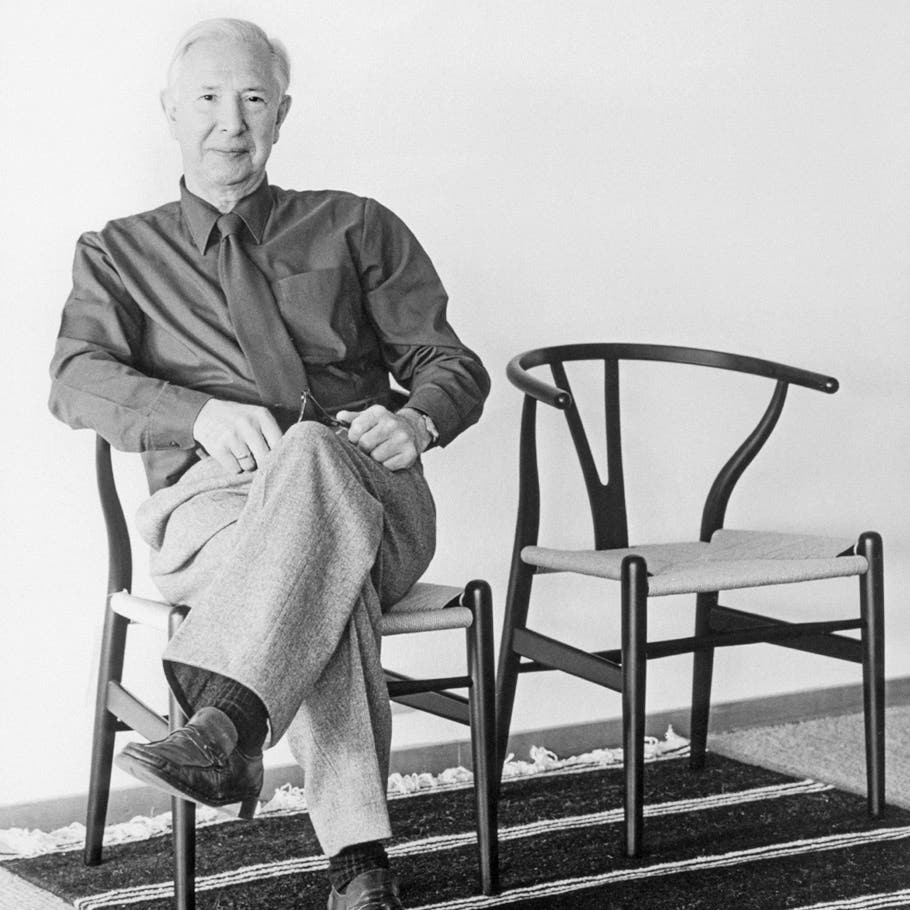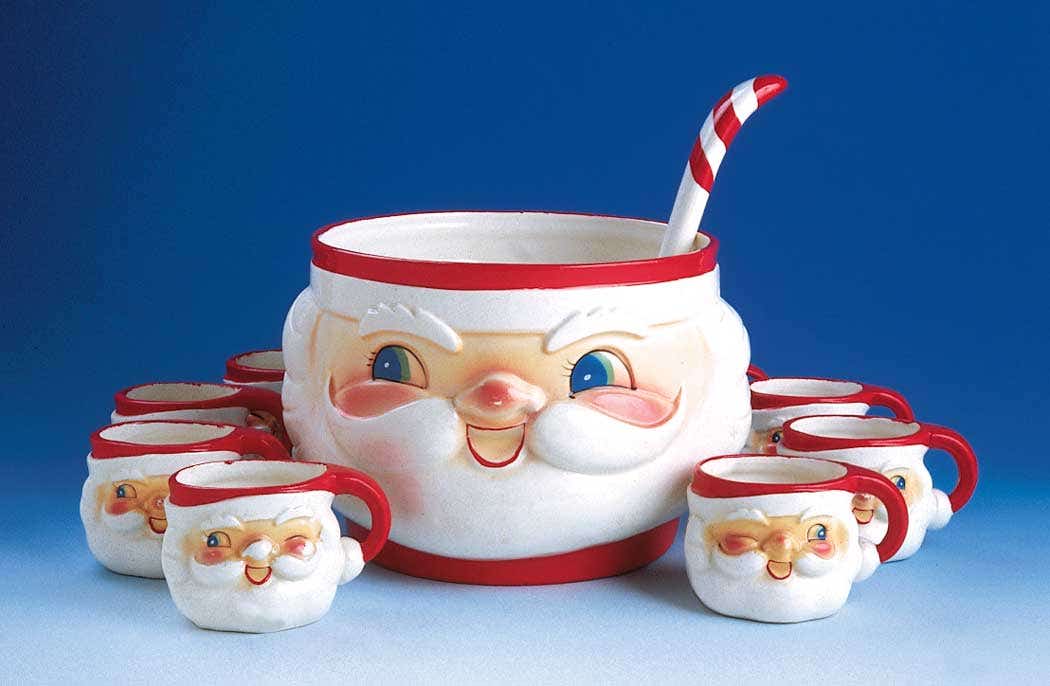Furniture Detective: Replaced top means table has turned
The old adage of “If it looks like (something), and it sounds/seems like (something), than most likely it is. Unless, you’re talking about furniture, then you may have to look a little closer for the true identity, as Furniture Detective Fred Taylor explains in his response to a reader regarding a multiple-personality table.
Q Hi Fred: I am working at a pawn shop, and we acquired this piece of furniture through an estate sale. I was wondering if you could tell me anything about it – time, style, etc. I am sending a picture because I don’t think I will be able to accurately describe this piece.
Thanks a lot.
– J.
via email
A I can see where you might have a hard time describing this table. It took me a few minutes to understand it, too. What threw me off was the top. The top is actually a replacement top to this table. It appears to be done by a reasonably competent craftsman, but there are a couple of clues to its origin. The first is the color. The newer top is lighter
and browner than the rest of the table. While it is in fact walnut, it is 20th century kiln-dried wood. That’s what gives it its color. The rest of the table is walnut, but it is 19th century air-dried wood. That is what gives older walnut its reddish color, making it hard to distinguish from mahogany as it ages.
The second clue to modern origin is the molded edge of the top, done by a shaper or router. That style of edge treatment is mostly a 20th century design element. The original top probably either had a reeded edge like the lower shelves or was marble, which is most likely the case, since there is already a gallery and a decorative skirt below the top.
The basic styling of the original part of the table is Eastlake from the late 19th century. It is a parlor or lamp table. But the truncated, supported shelves above the lower deck are a feature more often found in a later variation of Eastlake known as the “Aesthetic” or “Art” Movement. This style added to the intricacy of the Eastlake design, and in many cases Aesthetic pieces, were painted black, and called “ebonizing” during the period. This unusual shelf arrangement allowed the display of tall statuary or vases of flower arrangements in the center below the main top with smaller artifacts on the short shelves. This “hanging” shelf idea carried into the 20th century in the Art Nouveau movement and is commonly seen in etageres of that style.
What is the table worth? Its collector’s value as a 19th century parlor table disappeared with the original top, so now it’s just a table with an interesting past.
-----------------------------------------------------------------------------
QI found an antique bed in my attic, and I was wondering what it was worth and when it was constructed. The bed has a white sticker on it that reads “Edison wood products inc. New London WI, USA, Edison Little Folks Furniture, One of the Thomas A. Edison industries”.
Also, underneath, on the bottom of the headboard is a serial number that reads “1501”, and someone wrote in pencil, “Maple”. I am hoping that you may know when this bed was made, how much it could be worth and anything about this furniture company. Thank you for your time.
– S.
via email
A I found some interesting information about Edison Wood Products. In 1917, Thomas Alva Edison purchased Wisconsin Panel and Cabinet Company, a maker of opera seats, which had been incorporated a year or so earlier. Edison converted the factory to the production of cabinets for his newly patented line of phonographs. Edison Wood Products made phonograph cabinets until 1927.
By 1927, new phonograph designs for table top models had made the larger cabinets obsolete, so to preserve the employment of several hundred employees, Edison decided the company should make juvenile furniture. In a short time, Edison Wood Products gained a reputation as one of the foremost manufacturers of quality juvenile furniture in the U.S. The company survived to this day as a part of Simmons Juvenile Products, which manufactures a complete line of children’s furniture including the “Little Folks” line.
Unfortunately, I could not find the exact date when Edison became part of Simmons and lost the Edison name. That would help establish an outside date on the age of the bed. Since the company has a long history, it’s difficult to establish an age or value for the bed without seeing photos.
With more than 30 in the antique furniture business, Fred Taylor is a household name when it comes to the practical methods of identifying older and antique furniture: construction techniques; construction materials; and style.








